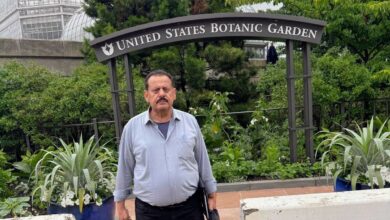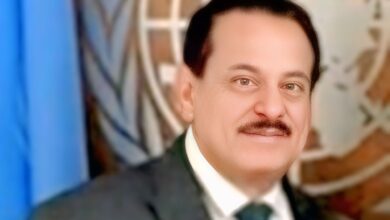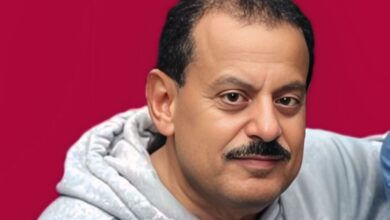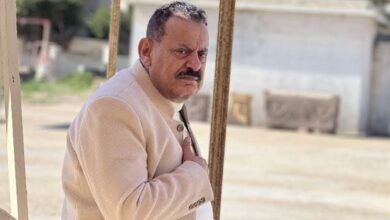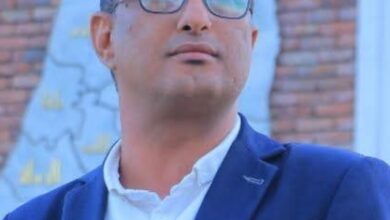Ah, my children
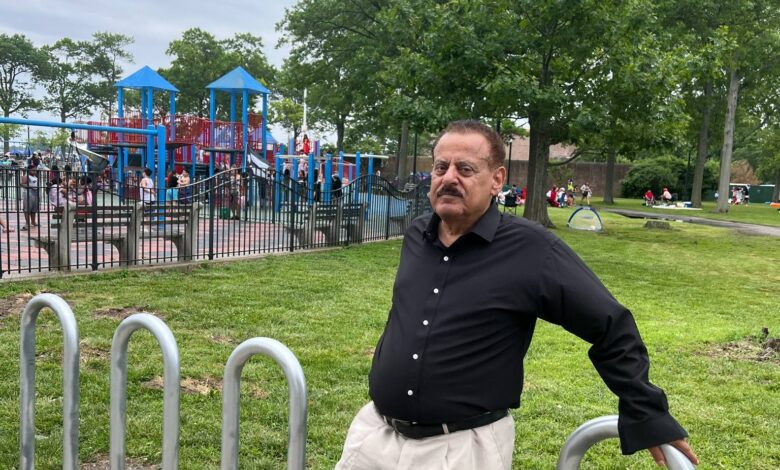
Yemeni mp
Ahmed Saif Hashed
Crater was among the least tumultuous areas during the events of January 1986 compared to others, as it witnessed only limited and intermittent clashes. Our initial positioning was near the postal protection unit and its vicinity. The post office building seemed to transform into a command center from which operations in “Crater” were directed by the team loyal to Antar and Fattah.
I do not know, or perhaps I no longer remember, where my colleague Yahya Al-Shaabi disappeared to; I was unaware of his destination. It is likely he managed to return to his home in “Al-Qaloua.” I believe he suggested such an idea to me, but fear of encountering obstacles on the way home held me back, so I chose to stay. Also, in my heart was a girl I had admired for months, living close to the post office, behind the comrades’ compound where I initially sought refuge. I kept my feelings hidden from them and often avoided drawing their attention to such matters.
I remembered that novel I had read during one of my high school vacations—”Khan al-Khalili” by Najeeb Mahfoudh. It features a touch of love amid war, and I have a reflection regarding the girl I admired, which I may touch upon later.
A soldier from Radfan, who was with us and dressed in military uniform, was assigned the task of climbing to the top of the Aden lighthouse as a lookout, with a warning to be cautious of snipers from the opposing side. Meanwhile, my cousin and I were stationed in a building overlooking the post office, the Aden lighthouse, and part of the wall of “Al-Habishi” square. It was a building on the main street that separated us from the post office. We climbed to the rooftops and remained there, taking turns to guard the entrance on the street.
On the night of the third day of the events, while I was guarding the building’s gate, my cousin shouted from the roof, informing me of an attempted infiltration from the back. At that moment, I was at the entrance, and I quickly moved to the alley leading to Al “Jalla” opening behind the building. I began firing bursts of gunfire, suspecting an infiltration or raid, while my cousin and others on the roof were shooting down over the wall at the back of the building. By morning, we found no trace of anyone, leading us to believe it was merely an attempt at infiltration or reconnaissance, perhaps just a test of the waters.
After that, I was instructed to head to a forward position along the front line, specifically to the apartment of “Salem Ma’roof,” which is near the Yemeni bank in the heart of “Crater,” following the sniper attack on one of our team members, a man from the Al-Jalilah area in Al-Dhala. We were tasked with transporting his body to the vehicle prepared for that purpose, and then to remain at the apartment we moved to. I felt the weight of the risk involved in this mission, especially from snipers on the other side or even from those stationed in their positions. Yet, there was no room for hesitation or shirking such a duty.
We found the deceased lying down, partially bent at the entrance of the building where “Salem Ma’roof’s” apartment was located. Nearby was that brave “Radfani” soldier who had previously occupied the top of the lighthouse; it seemed he had been assigned to move to that building.
Al “Radfani” soldier told us that he had been next to the man at the moment he was shot by the other team. He recounted hearing his fallen comrade groan before he passed away, saying, “Ah, my children.”
“Ah, my children”—this small phrase felt like a sniper’s bullet striking deep within me. I felt as if an axe had split my head in two. It was as though a concrete pillar had crushed my back. My tears rebelled and flowed against my will. It is the right of tears to revolt when we seek to suppress them in the presence of such a tragic scene. In that moment, I felt the horror and brutality of war. We carried the victim to the vehicle, which sped away, and we returned to the apartment of “Salem Ma’roof,” which his family had abandoned earlier.
* * *


